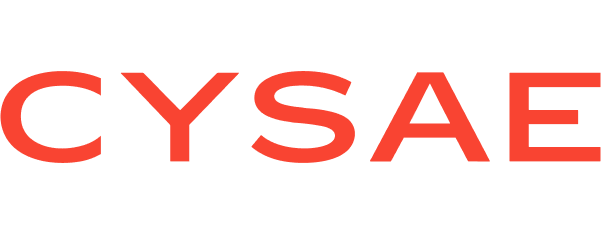Since its approval, the MiCA Regulation has sparked multiple debates about which activities and services fall within its scope and which do not. One of the most controversial points is the exclusion of Decentralized Finance (DeFi). Legally, this exclusion is based on recitals 22 and 94 of MiCA, which establish that the regulation only applies to natural and legal persons, as well as activities directly or indirectly controlled by these entities. In this sense, cryptocurrency services that are fully decentralized and do not involve intermediaries fall outside the regulatory framework. Furthermore, recital 94 makes it clear that MiCA does not regulate specific activities such as the lending and borrowing of cryptoassets, emphasizing its intention not to cover certain dynamics inherent to the DeFi ecosystem.
However, although MiCA does not directly regulate the DeFi ecosystem, the risks and challenges posed by this form of finance have not gone unnoticed by the authorities. For this reason, the European Commission tasked the ESMA and the EBA with a comprehensive report on the current state of DeFi in Europe and the feasibility of regulating activities such as… crypto lending, borrowing, and staking This report aims to fill the regulatory gap and provides a foundation for future regulatory decisions.
The ESMA and EBA report presents a detailed analysis of DeFi, starting with a snapshot of its current state in the European Union. Although it remains a niche phenomenon, DeFi accounts for approximately 4% of the global cryptoasset market, with adoption in the EU higher than the global average, though behind economies like the United States and South Korea. Additionally, it identifies the main methods of access to DeFi, including centralized platforms, self-custodial wallets, and specific interfaces. This point is crucial because it highlights how users interact with these systems and the potential risks they face.
Among the highlighted risks, the report points out the increase in cyberattacks, which no longer focus solely on vulnerabilities within the chain, such as smart contracts, but now also exploit weaknesses outside the chain, such as users’ private keys. On the other hand, the report emphasizes the lack of adequate controls against money laundering in DeFi protocols, which facilitates anonymous and cross-border transactions, something diametrically opposed to the goals of MiCA. It also addresses the concept of Maximum Extractable Value (MEV), which represents the profits some users can make by manipulating the order of transactions, causing losses for other users and negative externalities for the ecosystem as a whole.
Finally, the report dedicates a section to evaluating the activities of crypto lending, borrowing, and staking.Although these activities are outside the scope of MiCA, the report identifies that users often receive insufficient information about key terms such as fees, interest rates, and rights in case of litigation or insolvency, creating an environment of uncertainty for market participants. Furthermore, the report points out that the lack of direct oversight by the competent authorities makes it difficult to gather reliable data on these activities.
The conclusions of the report are clear: although DeFi represents a significant innovation in the financial sector, its decentralized nature poses risks that require urgent attention. In the short term, the European Commission aims to further analyze the feasibility of regulating these activities and adopt measures to mitigate the risks without stifling innovation. Among the possible solutions, the need to develop better oversight tools, implement stricter contro
In short, although MiCA does not directly regulate DeFi, the European Commission and regulatory authorities such as ESMA and EBA are actively working to better understand this phenomenon and lay the groundwork for future regulation. This approach shows that, while regulators may not directly intervene in DeFi for now, they are far from ignoring it, and the coming years will be crucial in determining how this ecosystem will fit within the European regulatory framework.
How can we help you at Cysae?
At CYSAE, we are experts in advising companies operating in the DeFi space and need to understand how ESMA guidelines impact their activity. If your project is on the border between centralized and decentralized or you seek clarity on how to comply with regulations while maximizing your operations, we are your best ally.
We take care of analyzing how your business model can adapt to current regulations, avoiding conflicts with regulators and ensuring that you continue to grow without interruptions. We have already helped companies navigate the European regulatory landscape since the moment MiCA first came on the scene. If you have any questions or need support in preparing your compliance strategy in this changing environment, we are here to help. Your focus is to operate, ours is to ensure you do so securely.




